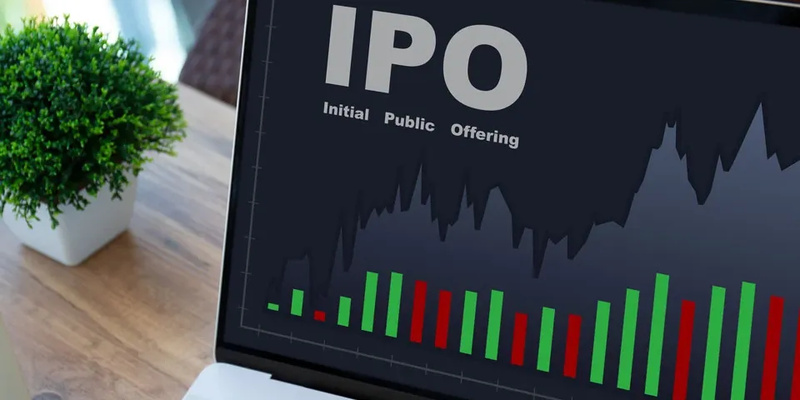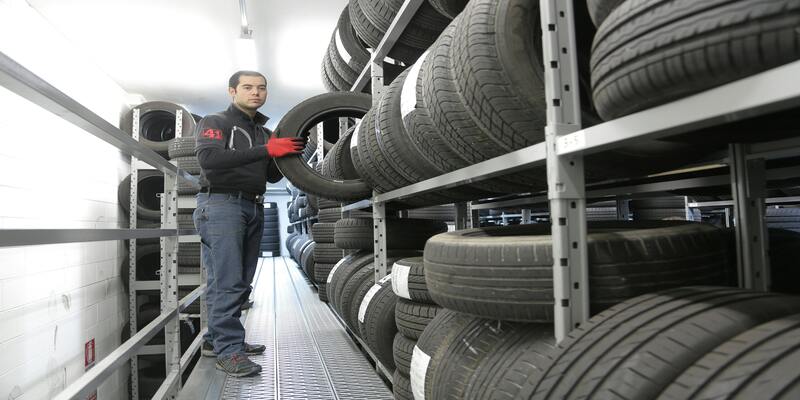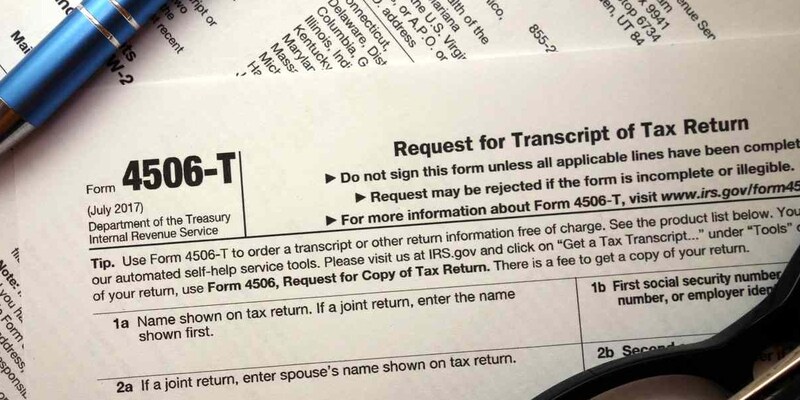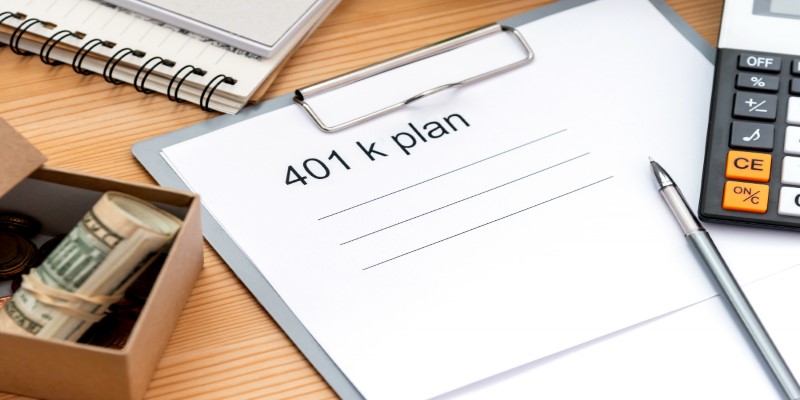Leasing a Pre-Owned Vehicle - A Comprehensive Guide
Leasing a used car is likely to appear appealing to people who desire a newer vehicle but do not wish to commit to owning one. In this complete guide, we will dig into the process of leasing a used car. We will also discuss all aspects such as understanding the perks and efficiently handling the lease agreement.
Understanding Used Car Leasing
To start discussing leasing a used car, we should first understand the idea of leasing. Leasing means leasing out a vehicle for a certain duration, usually two or three years, and having the choice to buy it when the lease term ends. The main difference between getting a car through a lease and an outright purchase is that with leasing you pay for how much the vehicle loses value during your rental time, not its complete worth like in a buying situation.

Leasing a car that has been used before can be beneficial for people who want to drive a newer vehicle but do not wish to pay the initial costs of buying one. Leasing usually comes with lower monthly payments than if you were financing your new car buy. To make an educated choice, it is crucial to comprehend the subtleties of leasing such as limits on mileage and factors regarding wear and tear.
- Consideration: Check if the lease agreement offers the option to purchase the vehicle at the end of the lease term, providing flexibility for long-term ownership.
- Caution: Be mindful of any excess wear-and-tear charges stipulated in the lease agreement, as failure to adhere to these conditions could result in additional fees at the end of the lease term.
Finding the Right Used Car
The initial stage of leasing a used car involves discovering a suitable vehicle for lease. Commence with exploring models that are accessible and fit within your requirements and financial plan. Pay attention to particulars like mileage, age, and situation while choosing a used car. Also, look into different leasing alternatives that are provided by dealerships and leasing firms to discover what suits your needs the most.
In your search for used cars for lease, focus on those with a recorded upkeep history and less mileage to lessen the chance of unexpected fixing. Also, think about leasing certified pre-owned cars that might have longer guarantees or more in-depth checks - these can give you an extra sense of security.
- Consideration: Look for lease deals that offer lower monthly payments or reduced down payments to maximize savings on your leasing arrangement.
- Caution: Avoid leasing a used car with a history of significant accidents or mechanical issues, as these issues could lead to increased maintenance costs during the lease term.
Determining Lease Terms
After choosing a used car for lease, what matters is to comprehend and discuss lease terms properly. These conditions involve the sum of monthly payment, lease period, mileage restrictions as well as other fees or charges. Examine the agreement of the lease with care to note any limitations or duties specified in it. Discuss and agree on conditions that fit within your financial plan and match with how often you drive, to secure a positive leasing deal.
Think about talking over lease-end choices, like extending the lease or policies for ending it early. This can help you if your situation changes while the agreement is still on. Make sure to clear up any worries or confusion with the lessor before signing the lease so that there are no misunderstandings later on.
- Consideration: Opt for a shorter lease term if you prefer to drive newer vehicles more frequently or anticipate changes in your transportation needs shortly.
- Caution: Be wary of lease agreements with excessive mileage limits, as exceeding these limits can result in costly overage fees at the end of the lease term.
Inspecting the Vehicle
Before you sign the lease agreement, carefully examine the used vehicle for any indications of use or harm. This includes looking at its inside and outside parts like the engine as well as tires and brakes. You should also take a driving test to see if there are no faults that might not match your objectives. In case there are any problems or worries while carrying out the inspection, talk about them with the leasing company or dealership to decide what should be done.
Not just looking, but also asking for vehicle history reports to know about previous accidents or maintenance problems that might influence the car's dependability. Note down any current harm or wear and tear to avoid arguments about how the vehicle is when the lease ends.
- Consideration: Schedule the vehicle inspection during daylight hours to ensure optimal visibility and thorough examination of the car's exterior.
- Caution: Avoid leasing a used car with excessive mileage or signs of neglect, as these issues may indicate underlying mechanical problems that could surface during the lease term.
Understanding Lease Payments
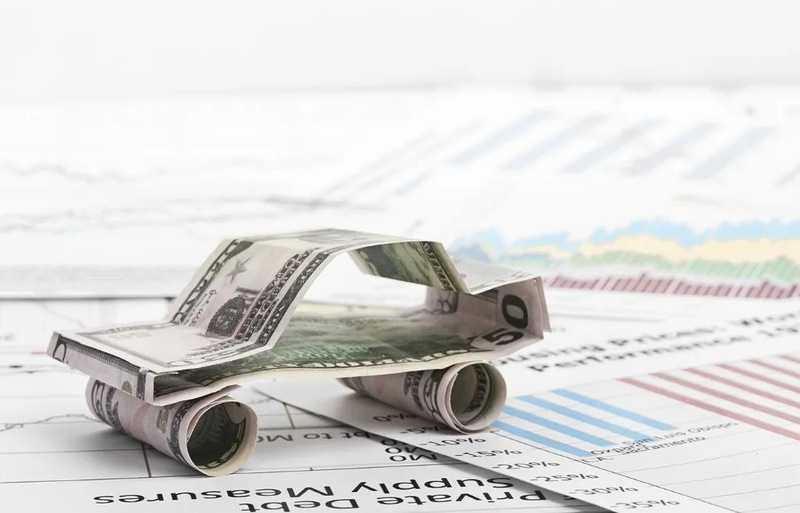
Monthly lease payments for a used car usually include the base monthly lease amount plus any necessary taxes and fees. Lease payments are not like regular car loan repayments because they do not help in ownership, but they pay for the depreciation of the vehicle and finance charges during the period you have it on lease. To budget for lease payments, make sure to include any other costs like insurance and upkeep when calculating the overall expense of leasing a second-hand vehicle.
When comparing lease offers, consider the total cost of the lease over the entire lease term rather than focusing solely on the monthly payment amount. Take into account any upfront costs, such as security deposits or acquisition fees, to accurately assess the affordability of each leasing option.
- Consideration: Look for lease deals that offer lower interest rates or incentives, such as manufacturer rebates or dealer discounts, to reduce the overall cost of leasing a used car.
- Caution: Avoid lease agreements with excessive mileage fees or wear-and-tear charges, as these additional costs can significantly impact the affordability of the lease term.
Maintaining the Leased Vehicle
During the time you are leasing the vehicle, you must keep up with regular maintenance as advised by its maker. Routine care like changing oil or rotating tires helps in maintaining your car's best condition and avoids expensive fixing later on. You must also stick to what the lease contract says about maintenance and repair rules, not following them can lead to extra charges or penalties when the lease period ends.
Maintenance should not be limited to regular tasks. Any mechanical problems or signs of trouble must be dealt with quickly to avoid causing more harm to the vehicle. You must maintain a comprehensive account of all maintenance and repairs done on your leased car, to show adherence to terms of the lease agreement's conditions.
- Consideration: Consider purchasing a maintenance package or service contract to cover routine maintenance costs throughout the lease term, providing added convenience and peace of mind.
- Caution: Be cautious when making modifications or alterations to the leased vehicle, as these changes may violate the terms of the lease agreement and result in penalties or termination of the lease.
Conclusion
For many people, a used car lease is an easy and economical way to get around. Learning about the process of leasing and doing what's needed to find the best vehicle for you, as well as negotiating good lease terms, all without committing long-term ownership, can make it possible for anyone to enjoy driving new cars without having them permanently. If you need a dependable car for everyday use or want something trendy just on weekends, leasing out used cars offers adaptability and affordability that suit all types of drivers.

